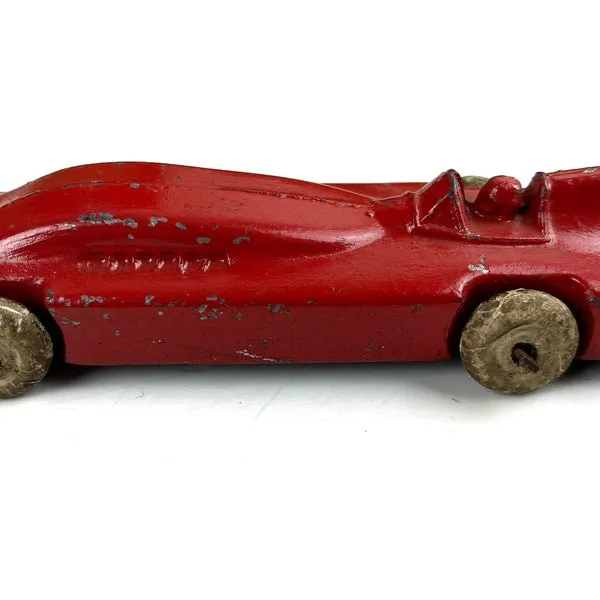1930s Diecast Toys Top 7 Collectibles!
The 1930s represent a golden era for diecast toys, a period when innovation in manufacturing and design created some of the most iconic and collectible toys in history. These miniature marvels, crafted primarily from metal, captured the imagination of children and adults alike, offering detailed replicas of vehicles, trains, and other objects that mirrored the world around them. Today, these vintage toys are highly sought after by collectors, not only for their nostalgic appeal but also for their historical significance and investment potential. This article delves into the top 7 collectible diecast toys from the 1930s, exploring their history, characteristics, and what makes them so valuable.
Dinky Toys: The Pioneers
Dinky Toys, produced by Meccano Ltd. of Liverpool, England, were among the first to popularize diecast miniature vehicles. Launched in the late 1930s, Dinky Toys set a high standard for detail and accuracy. The company initially focused on replicating real-world vehicles like cars, trucks, and buses, creating a market for scale model toys that had never been seen before. Dinky Toys quickly became synonymous with quality and realism, attracting both children and adult collectors. Their early models are particularly prized for their historical value and the craftsmanship involved in their production.
The Rise of Dinky Toys

The rise of Dinky Toys coincided with advancements in die-casting technology, which allowed for more intricate designs and greater durability. The use of zinc alloy enabled the creation of complex shapes and fine details, making the toys both visually appealing and long-lasting. This was crucial during the tough economic times of the 1930s, as toys needed to withstand heavy use. Dinky Toys’ popularity was further bolstered by their marketing efforts, which focused on the authenticity and collectibility of their models. This approach helped establish diecast toys as more than just playthings; they were seen as miniature representations of the real world.
Notable Dinky Toy Models
Several Dinky Toy models stand out as particularly collectible. The pre-war models, especially those in excellent condition with their original boxes, command high prices. Iconic examples include early car models like the 40 series and the 25 series, and various trucks and buses. Their rarity, coupled with their historical significance, makes these toys highly desirable to collectors. The attention to detail on these toys, from the paintwork to the window glazing, reflects the high standards of the era and the care taken in their production. These models offer a glimpse into the automotive and social landscape of the 1930s.
Matchbox: A Pocket-Sized Revolution
Matchbox toys, manufactured by Lesney Products, revolutionized the diecast toy industry with their innovative approach to scale and packaging. While Dinky Toys focused on larger-scale models, Matchbox specialized in smaller, pocket-sized vehicles that were easy to collect and transport. This difference in size, combined with their affordable price point, made Matchbox toys incredibly popular, especially with children. The brand’s success in the 1930s set the stage for their dominance in the post-war toy market.
The Early Matchbox Series

The first Matchbox toys were created to fit inside a matchbox, hence the name. This clever marketing strategy made them instantly appealing, particularly during an era where space and cost were significant factors. The early series included a variety of vehicles, from cars and trucks to construction equipment. The use of diecast metal allowed for detailed designs and durability, making these small toys capable of enduring the rough and tumble of childhood play. Their compact size also made them ideal for collecting and trading, boosting their appeal.
Matchbox’s Impact on Toy Design
Matchbox’s innovative approach to toy design significantly impacted the industry. By focusing on smaller, more affordable models, they made diecast toys accessible to a wider audience. Their packaging was also a key factor in their success, turning each toy into a collectible item. The Matchbox design team was also very good at keeping up with new models, often producing new cars based on the latest vehicles on the road. This combination of affordability, accessibility, and innovative design cemented Matchbox’s place in the history of toy manufacturing. The impact is still felt today.
Tootsietoys: American Classics
Tootsietoys, an American brand, also played a significant role in the diecast toy market of the 1930s. Known for their affordable price point and wide range of models, Tootsietoys offered a diverse collection of vehicles that reflected the American landscape. Their popularity was partly due to their emphasis on classic American cars and trucks, resonating with children and adults who appreciated their designs. The company’s focus on mass production made their toys readily available across the country.
Popular Tootsietoy Vehicles
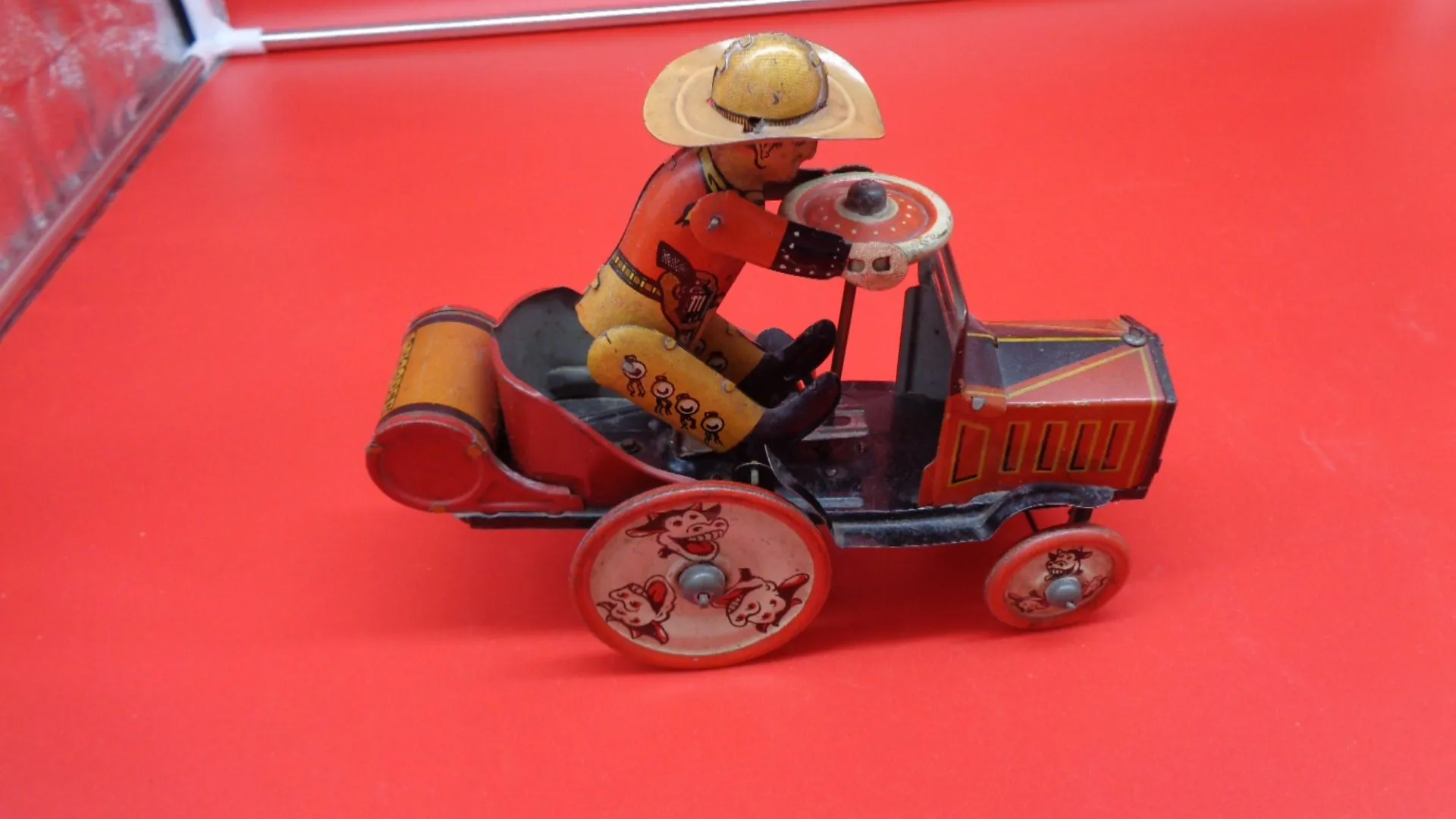
Tootsietoys produced numerous popular vehicles during the 1930s, including classic cars, delivery trucks, and construction equipment. Their models often featured bright colors and simple designs, making them visually appealing to young children. Their emphasis on durability meant the toys could withstand rough play, and their relatively low cost made them accessible to a wide range of consumers. The focus on American-made vehicles also made them popular amongst children who recognized them from the streets.
Tootsietoys’ Lasting Legacy
The lasting legacy of Tootsietoys lies in their contribution to the American toy industry. Their commitment to producing affordable, accessible, and durable diecast toys ensured their place in the hearts of generations of children. Today, Tootsietoy models are highly sought after by collectors who appreciate their historical significance and their connection to American culture. Their toys provide a tangible link to the past, reminding collectors of a time when simpler designs and mass production were the keys to success.
Other Notable 1930s Diecast Toy Makers
While Dinky, Matchbox, and Tootsietoys were the giants of the 1930s diecast toy market, several other manufacturers also contributed significantly to the landscape. These companies produced a range of diecast toys that are still valued by collectors for their unique designs and historical importance. These include Lionel Trains and Structo Toys, who are worth mentioning due to their unique style and their popularity within the toy collecting community.
Lionel Trains
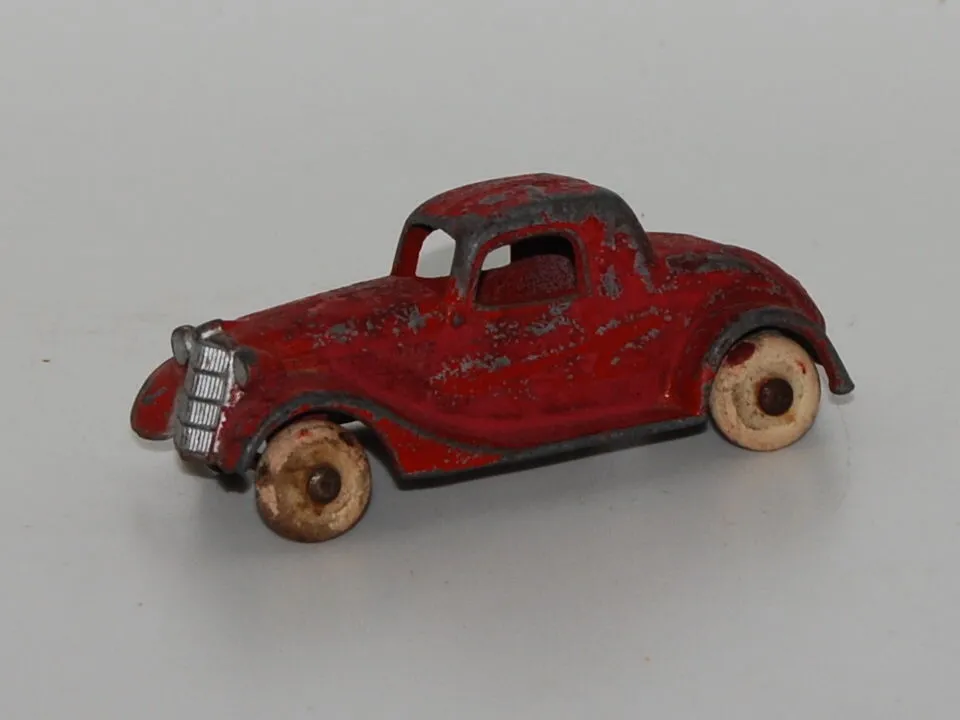
Lionel Trains, though best known for their model trains, also produced diecast toys in the 1930s. These models were often designed to complement their train sets and were made from high-quality materials. While Lionel’s main focus was always on its model trains, the company’s foray into diecast toys produced some models that have become highly collectible.
The Popularity of Lionel Trains
Lionel Trains’ popularity during the 1930s was largely driven by the appeal of model railroading as a hobby. Lionel’s trains were known for their realism, durability, and attention to detail. Their popularity extended beyond just children, as adults also embraced the hobby. Lionel’s consistent quality and innovative designs helped them maintain a strong presence in the market, with their diecast models often used in conjunction with their larger train sets, providing added realism to the overall setup.
Lionel Trains’ Diecast Models
Lionel’s diecast models from the 1930s included various vehicles, such as trucks, cars, and accessories designed to complement their train sets. These models were often produced in limited quantities, which adds to their collectibility today. Collectors often seek out these pieces to complete their Lionel train setups, making them highly desirable. The meticulous detailing of Lionel’s diecast models demonstrates the company’s commitment to quality and authenticity, making them valuable additions to any collection.
Structo Toys
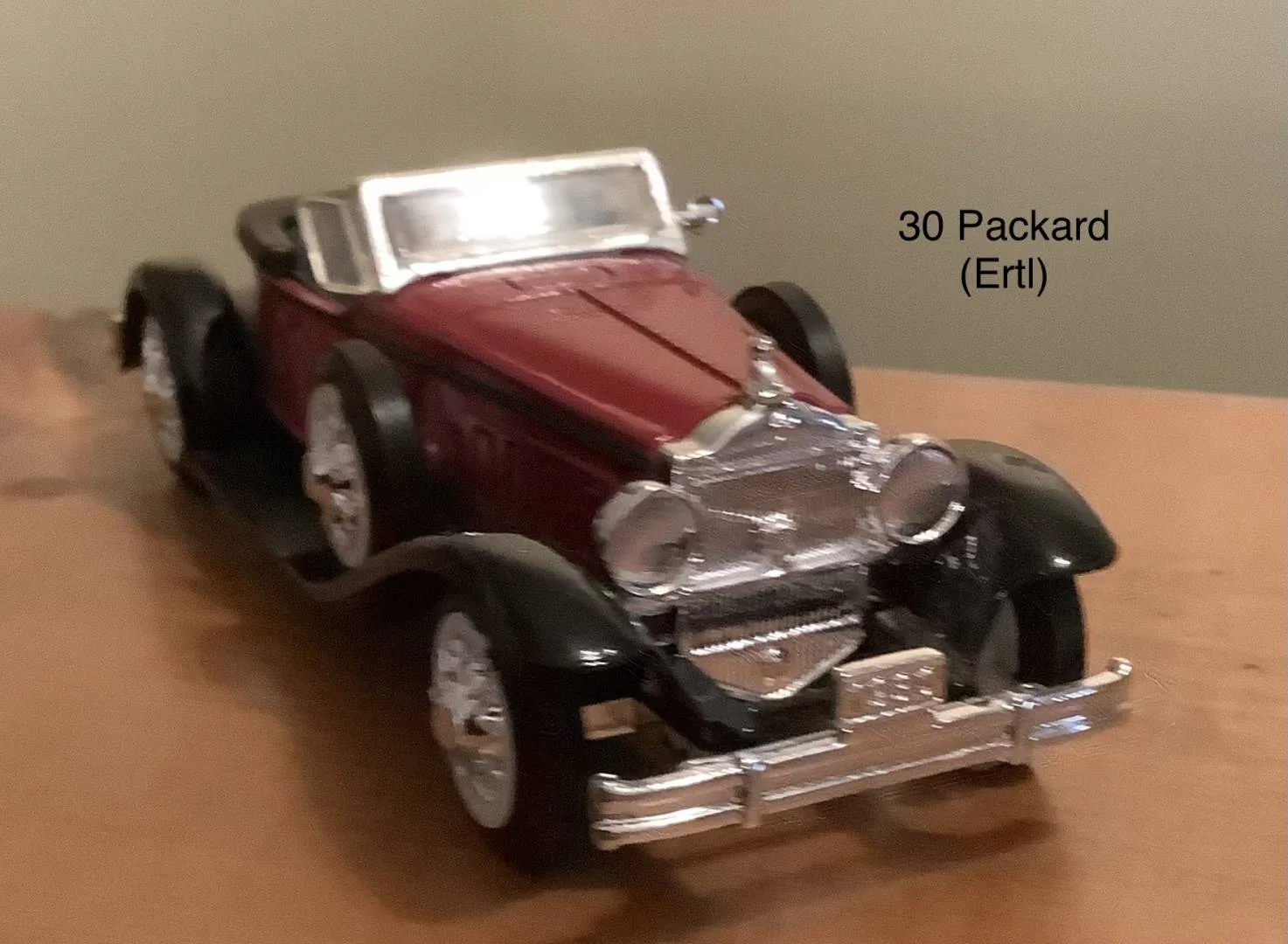
Structo Toys, another significant manufacturer in the 1930s, produced a variety of diecast models, including trucks and construction vehicles. These toys were known for their robust construction and their accurate representation of real-world machinery. Structo’s emphasis on creating durable toys made them popular with children who enjoyed playing with their creations in outdoor settings.
Structo Toys’ Trucks and Construction Vehicles
Structo Toys specialized in producing highly detailed diecast models of trucks and construction vehicles. Their models included everything from dump trucks and cement mixers to cranes and bulldozers. These toys were designed to withstand rough play, making them a favorite among children who enjoyed outdoor activities. The durability and detailed designs of Structo’s toys have ensured their continued appeal among collectors.
Structo’s Place in Toy History
Structo’s place in toy history is secured by their commitment to producing high-quality, durable diecast toys that captured the imagination of children. Their focus on trucks and construction vehicles, coupled with their robust construction, made them a favorite of the generation that grew up in the 1930s. These toys serve as a reminder of a time when toys were built to last, and their appeal continues to this day among collectors who appreciate their historical significance and the craftsmanship involved in their production.
Collecting and Value of 1930s Diecast Toys
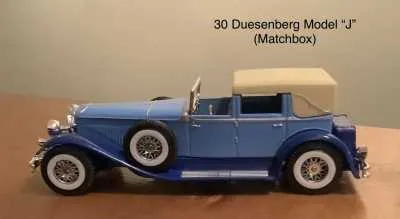
Collecting 1930s diecast toys is more than just a hobby; it’s an investment that offers a tangible connection to the past. These toys are valuable not only for their monetary worth but also for their historical significance and the memories they evoke. However, understanding the factors that influence the value of these toys is essential for both new and experienced collectors. This section delves into the key factors that determine the value of 1930s diecast toys, ensuring collectors can make informed decisions.
Factors Influencing Value
Several factors influence the value of 1930s diecast toys. These include the manufacturer, the rarity of the model, its condition, and whether it includes its original packaging. The most valuable toys are often those from well-known manufacturers like Dinky Toys and Matchbox, and those that are in near-mint condition with their original boxes. Collectors also value limited-edition models and those that were produced for a short period. These are all factors that drive up the prices.
Condition and Rarity
The condition of a diecast toy is paramount when determining its value. Toys in near-mint or mint condition, with no scratches, dents, or paint loss, are highly prized by collectors. Rarity also plays a significant role. Models that were produced in limited numbers or that were only available for a short period are usually more valuable. The scarcity of a particular model, coupled with its condition, can significantly affect its market price. Collectors often prioritize items with minimal wear and tear.
Original Packaging
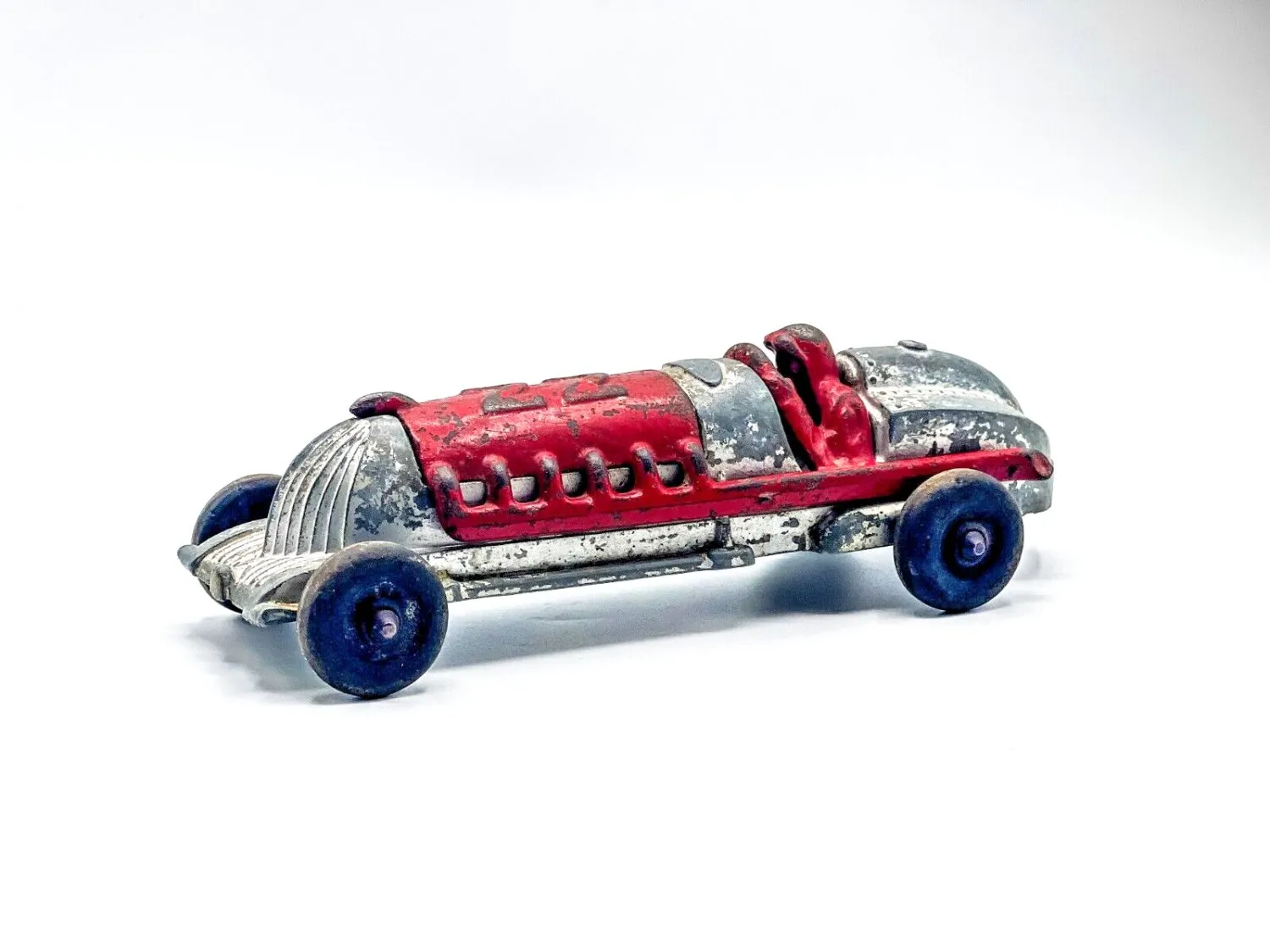
The original packaging of a 1930s diecast toy can greatly increase its value. Original boxes and packaging provide important details about the toy and confirm its authenticity. Toys that are still in their original boxes are often worth several times more than those without. Packaging also helps to protect the toy and helps to keep it in pristine condition, making it more valuable. The presence of the original box suggests a greater care and attention by the previous owner.
Restoration and Authenticity
While some collectors appreciate restored toys, others prefer items that are entirely original. Restoration, if not done professionally, can sometimes detract from the value of a toy. Authenticity is key; collectors want to ensure that the toy is a genuine article and not a reproduction or a modified version. Verifying the authenticity of a diecast toy often involves examining its construction, materials, and markings. It’s always advisable to consult with experienced collectors or appraisers when determining the value or authenticity of a toy.
Where to Find 1930s Diecast Toys
Finding 1930s diecast toys requires a blend of knowledge, persistence, and patience. Various avenues exist, from antique stores and toy shows to online marketplaces and specialized auctions. Exploring these resources will greatly increase your chances of adding valuable items to your collection. The key is to do your research, inspect the toys thoroughly, and be prepared to bid competitively. The following provides a few ideas of places to look for the treasures.
Antique Stores and Flea Markets: These places offer a good chance of finding vintage toys, but it requires a keen eye. You might discover hidden gems at flea markets. Research prices beforehand so you know when a deal is being made.
Toy Shows and Conventions: These events bring together collectors and dealers from around the world. This is an excellent place to meet people and find rare items. Be prepared to negotiate prices. It is also a great way to network and learn about the hobby.
Online Marketplaces and Auctions: Websites like eBay, specialist auction houses, and online marketplaces host thousands of vintage toys. Always check the seller’s feedback and be wary of deals that seem too good to be true.
Specialist Dealers and Collectors Clubs: Joining collector clubs is a good way to learn and connect with other enthusiasts. Specialist dealers can provide expert advice and offer authentic toys. These communities can be a great place to find tips on the hobby.
The world of 1930s diecast toys offers a fascinating blend of history, craftsmanship, and collecting. From the early days of Dinky Toys to the pocket-sized innovations of Matchbox, these miniature marvels continue to captivate collectors worldwide. Whether you are an experienced collector or just starting, the thrill of discovering these timeless treasures remains. These iconic collectibles represent not only toys, but a legacy of a bygone era and the ingenuity of the industry.
